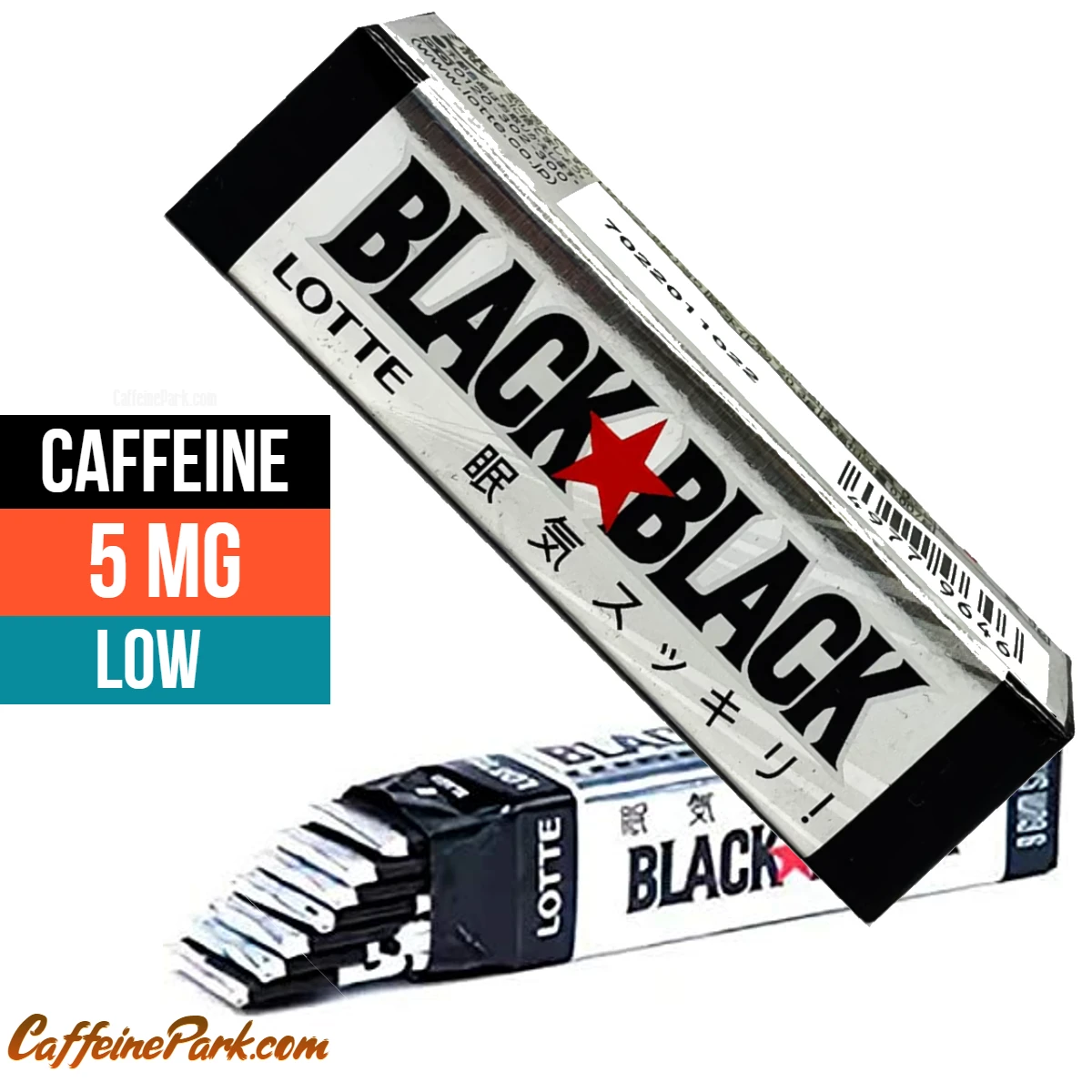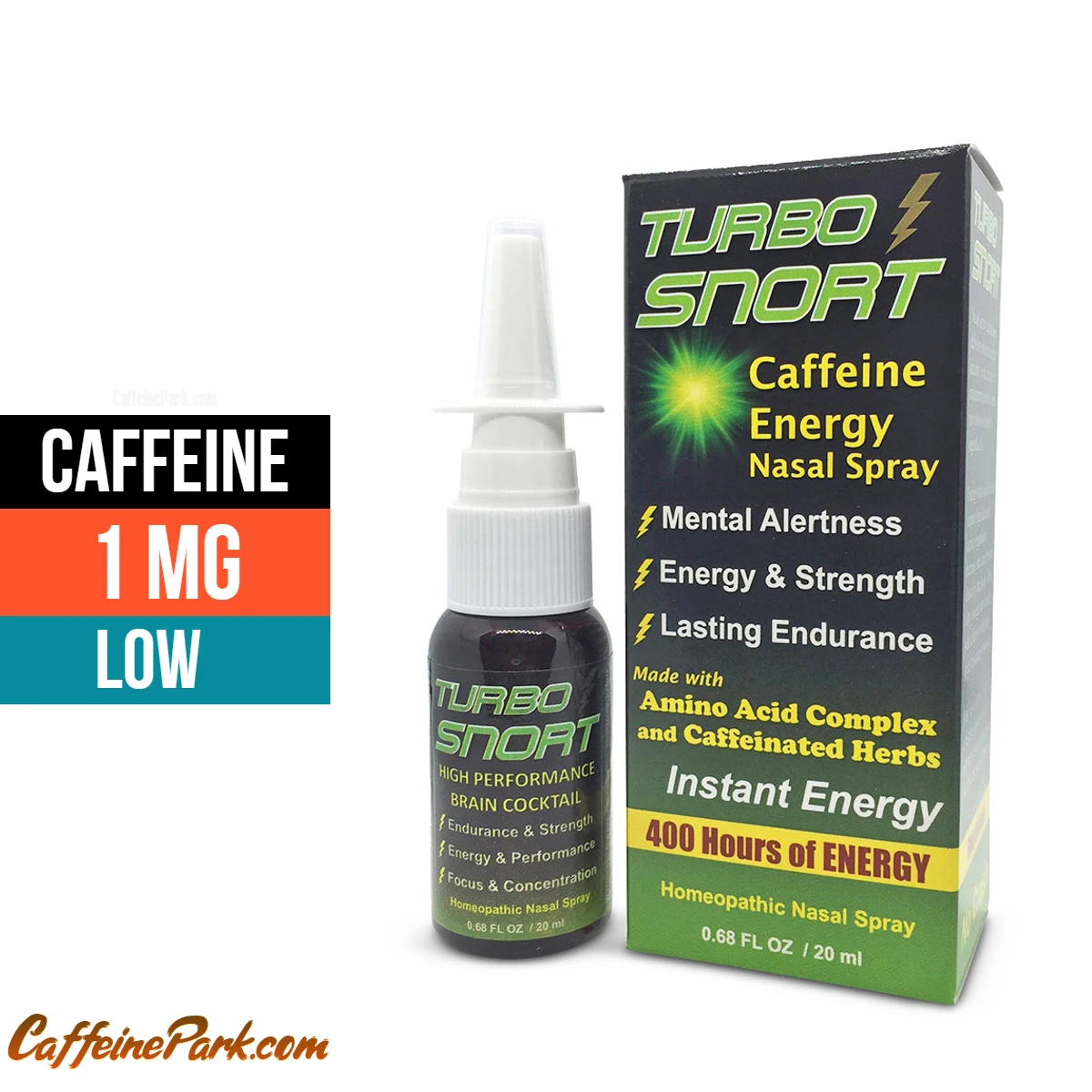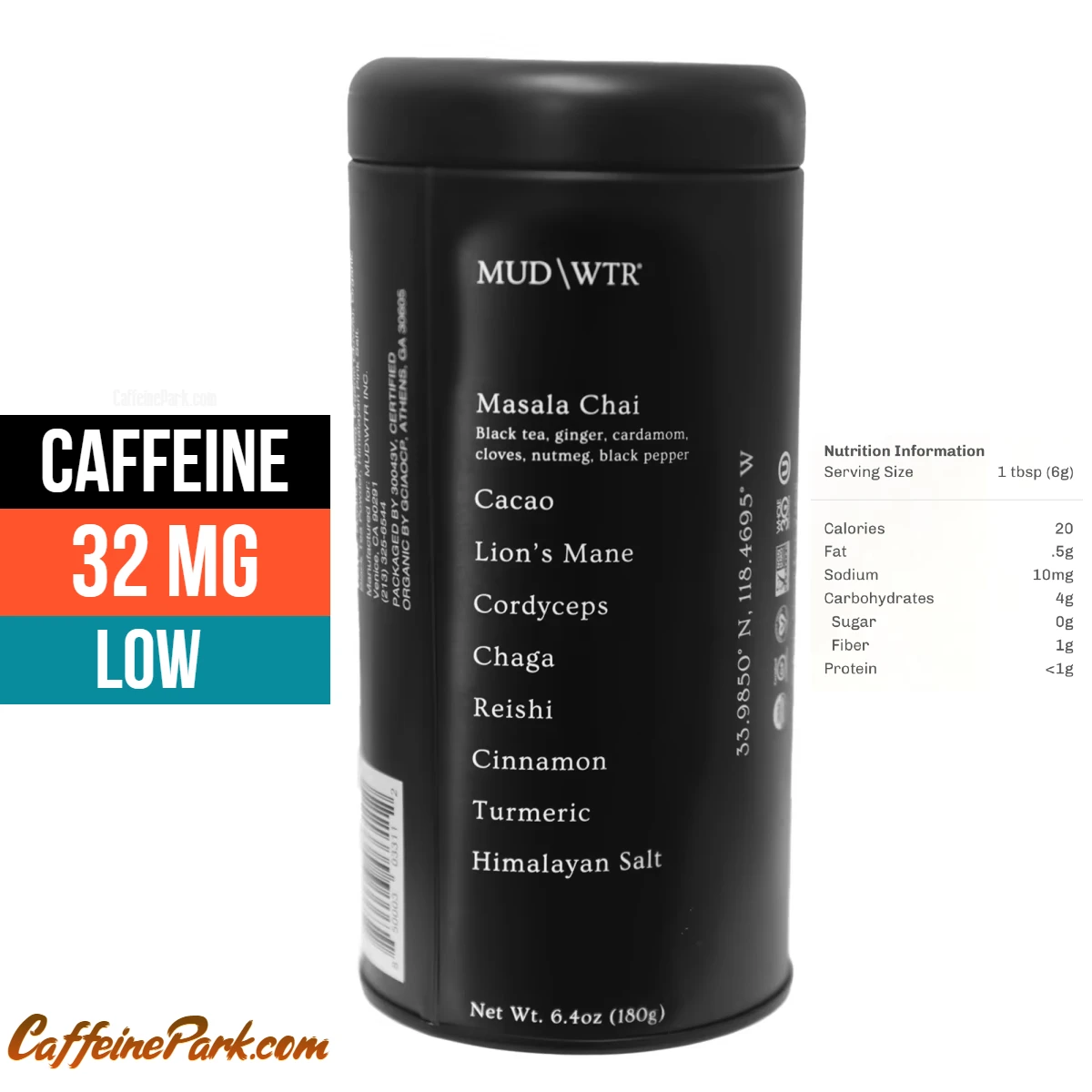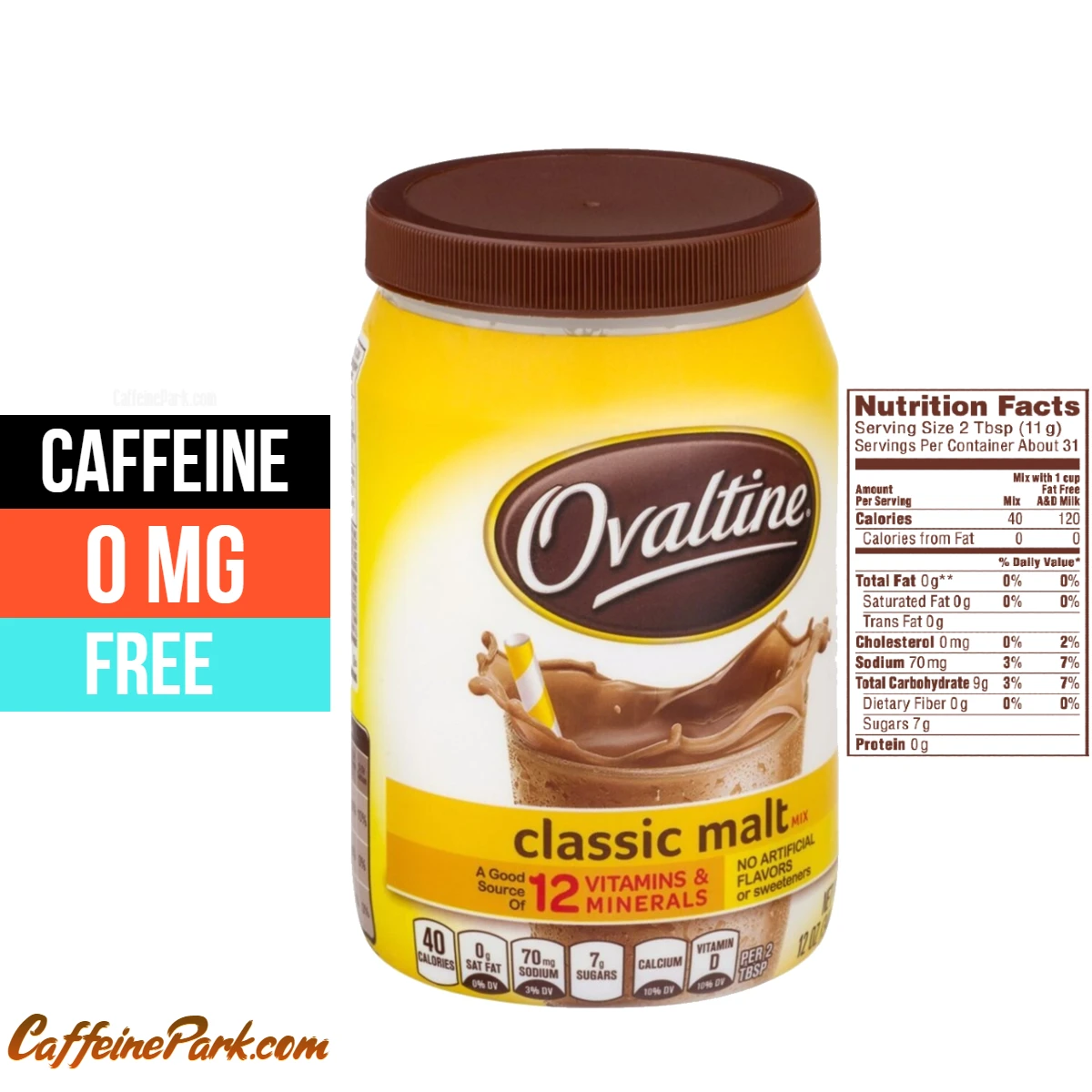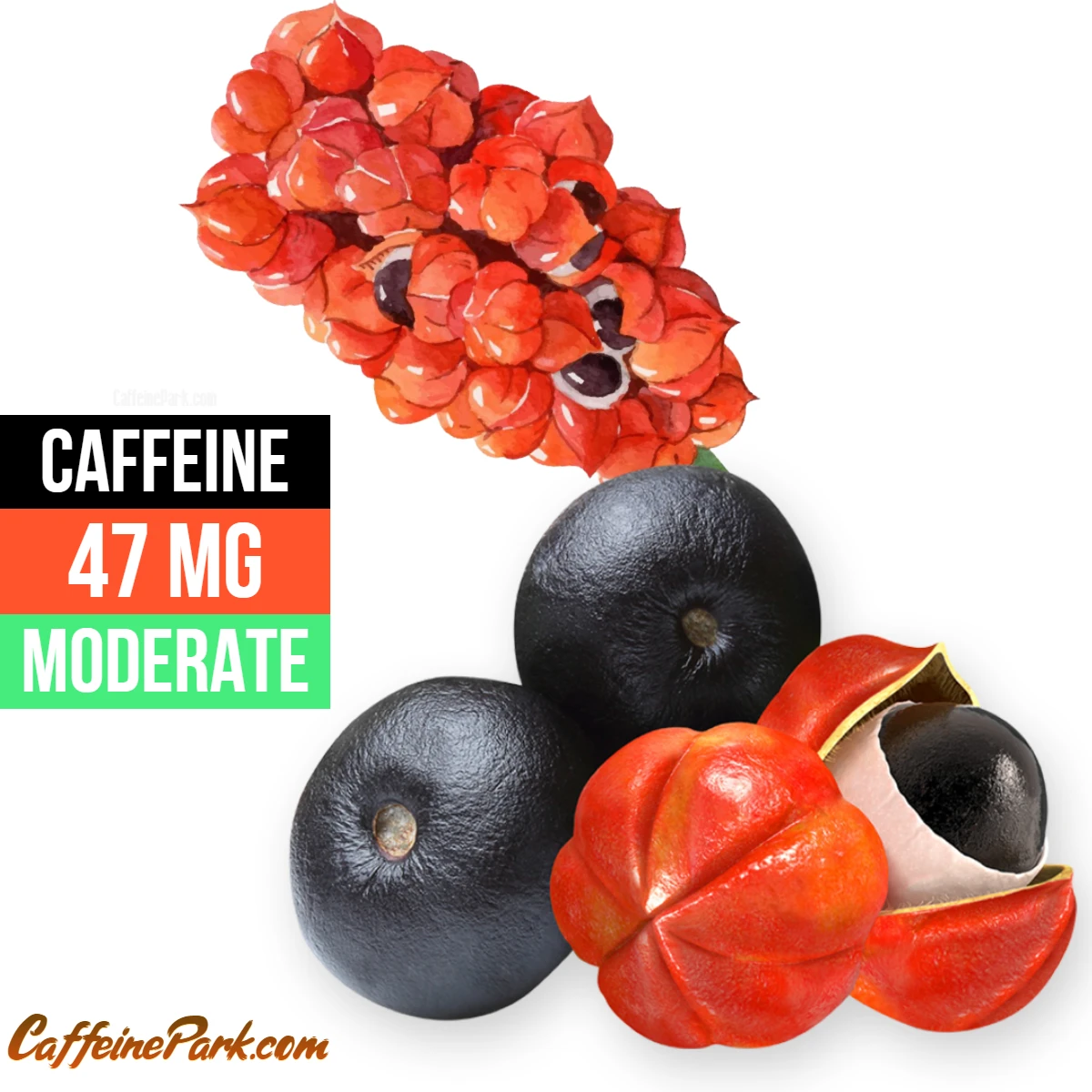Chocolate Covered Espresso Beans caffeine content
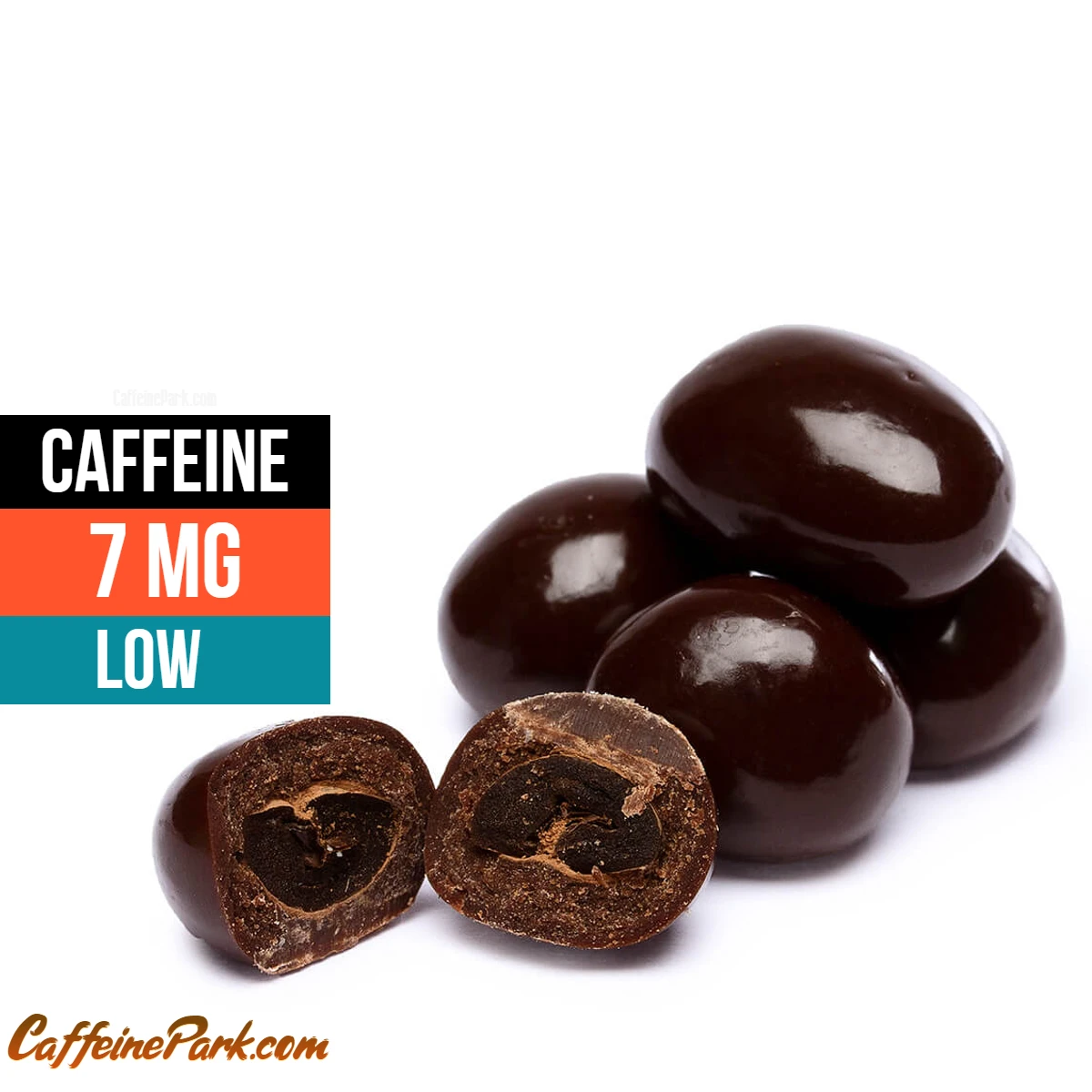
Chocolate covered espresso beans are a popular candy that consists of coffee beans that have been darkly roasted and coated in chocolate. They are a tasty and convenient way to get a caffeine boost, but it’s important to be aware of the amount of caffeine in these candies.
What are chocolate covered espresso beans?
Chocolate covered espresso beans are made by taking freshly roasted coffee beans and coating them in chocolate. The chocolate can be milk, dark, or white, and the coffee beans can be from various types of coffee.
Caffeine content:
The amount of caffeine in chocolate covered espresso beans can vary depending on the type of chocolate and coffee used. On average, one chocolate covered espresso bean contains 7 mg of caffeine. This is considered a low amount of caffeine, but it’s easy to consume a large amount of these candies in one sitting as they are highly addictive.
Milk chocolate covered espresso beans generally contain between 5-10 mg of caffeine per bean, while dark chocolate covered espresso beans contain between 6-11 mg of caffeine per bean.
It’s important to note that the caffeine content listed on packaging may not be completely accurate, as different sources may measure caffeine content differently.
Serving size:
The serving size for chocolate covered espresso beans is one bean. This is the recommended amount for someone looking to get a small caffeine boost without consuming too much caffeine.
USDA data:
The USDA database lists a high amount of 134 mg caffeine for 10 chocolate covered espresso beans (16.8 g), which is 13.4 mg per bean. It’s important to keep in mind that this amount may not be representative of the average amount found in these candies.
Addictive nature:
Although 7 mg of caffeine per bean may seem like a small amount, it’s important to be aware of the addictive nature of these candies. It’s easy to consume a large amount of chocolate covered espresso beans in one sitting, and excessive caffeine consumption can have negative effects on the body, such as increased heart rate and restlessness.
Ingredients:
Chocolate covered espresso beans are made from espresso roasted Arabica coffee beans, milk chocolate, and confectioner’s glaze. It’s important to check the ingredients list if you have any allergies or dietary restrictions.
Safety:
While 7 mg of caffeine per bean is considered a low amount, it’s important to be cautious of consuming excessive amounts of caffeine, especially if you are sensitive to caffeine or have a medical condition that could be affected by caffeine consumption.
It’s also important to keep in mind that chocolate covered espresso beans are not considered a healthy food as they contain added sugar and calories from the chocolate coating.
Does Chocolate Covered Espresso Beans have caffeine?
Yes, A single Chocolate covered espresso bean can range anywhere from 5-12 mg of caffeine. For milk chocolate, they’re about 7-9 milligrams; and for dark chocolate, they’re about 8-10 milligrams per ounce. A serving of chocolate-covered espresso beans has 80mg to 180mg of caffeine.
| Serving size | Caffeine Amount | Caffeine strength |
|---|---|---|
| 1 bean | 7 mg | LOW |
| 3 bean | 21 mg | LOW |
| 10 bean | 70 mg | MODERATE |
How Much Caffeine in Chocolate Covered Espresso Beans?
- Caffeine Amount: 7 mg
- Caffeine strength: LOW
- Calories: 0
- Serving size: 1 bean
However, the USDA Database has a record of 134 mg of caffeine in 10 chocolate-covered beans (16.8 grams). This appears to be too much.
Ingredients in Chocolate Covered Espresso Beans
Cocoa powder may seem like an odd ingredient to include in chocolate-covered espresso beans, but it actually provides a lot of the flavor. Plus, it gives the beans a nice crunchy texture. Although dark chocolate contains cocoa powder, it often gets mixed with other ingredients such as sugar and vanilla. So instead of buying dark chocolate, try buying a bar made entirely of cocoa powder. You could also find cocoa nibs, which are small bits of dried cocoa beans that provide even more flavor and crunch.
- Espresso Roasted Arabica Coffee Beans
- Milk Chocolate
- And Confectioner’s Glaze
How much caffeine is in chocolate?
Chocolate tends to get darker as it gets more caffeinated. This is because, like coffee beans, cocoa beans naturally contain caffeine. According to the U.S. Department of Agriculture, dark chocolate (70 to 85 percent cacao) has about 25 milligrams of caffeine in each ounce. Milk chocolate (35 to 50 percent cacao) has 6.5 milligrams of caffeine, and white chocolate (10 to 35 percent cacao) has no caffeine whatsoever.
FAQs
Chocolate covered espresso beans are coffee beans that have been darkly roasted and coated in chocolate.
The average caffeine content in chocolate covered espresso beans is 7 mg per bean, but the amount can vary depending on the type of chocolate used. Milk chocolate covered beans range between 5-10 mg and dark chocolate covered beans between 6-11 mg.
The serving size for chocolate covered espresso beans is one bean.
Chocolate covered espresso beans are not considered healthy as they contain added sugar and calories from the chocolate coating.
It’s possible to consume too many chocolate covered espresso beans, as they are highly addictive. Excessive caffeine consumption can have negative effects on the body, such as increased heart rate and restlessness.
Chocolate covered espresso beans are made from espresso roasted Arabica coffee beans, milk chocolate, and confectioner’s glaze.
It’s best to consult with a healthcare provider before consuming chocolate covered espresso beans or any other caffeine-containing product while pregnant, as excessive caffeine intake can have negative effects on the developing fetus.
Read More:

